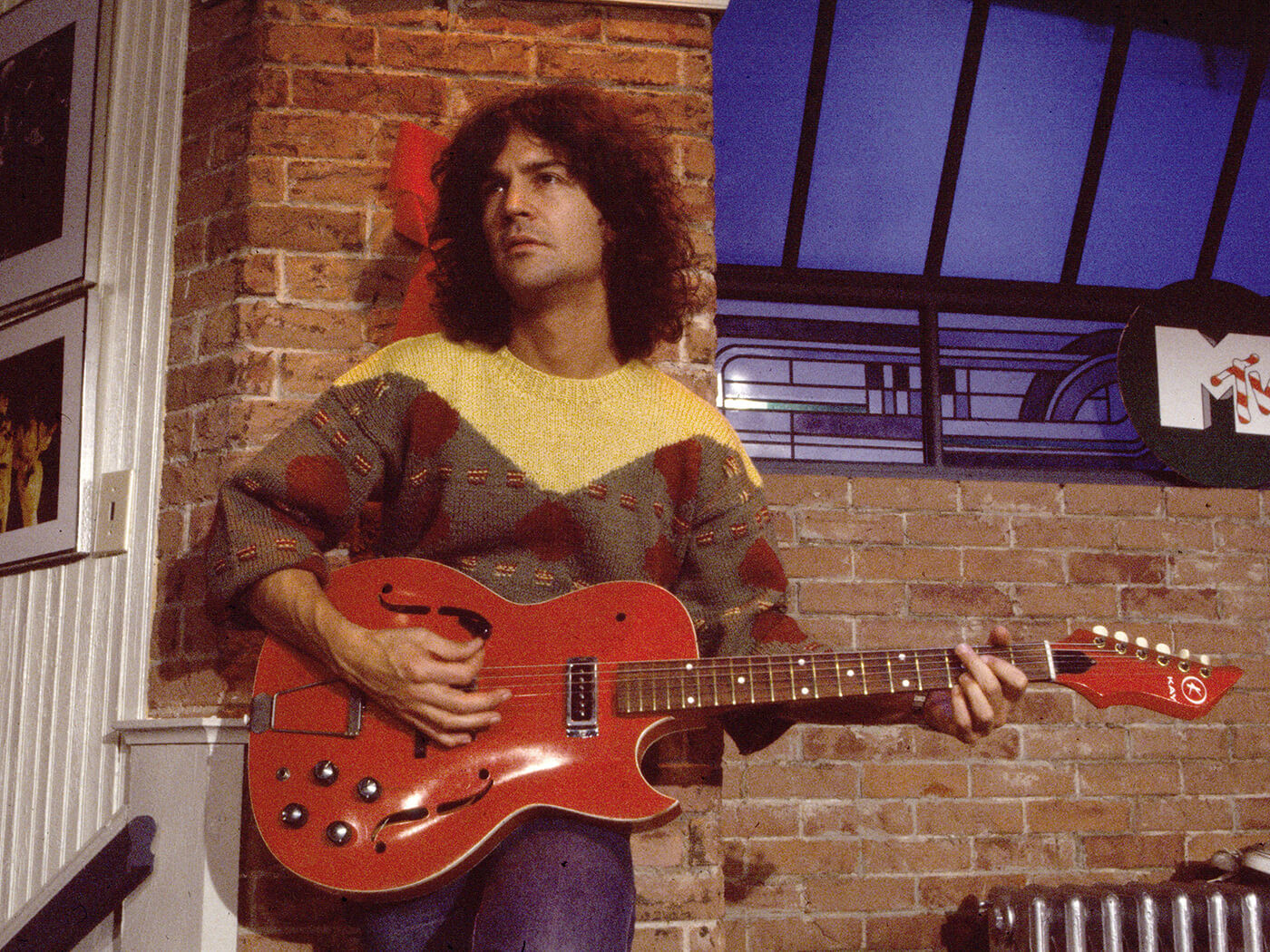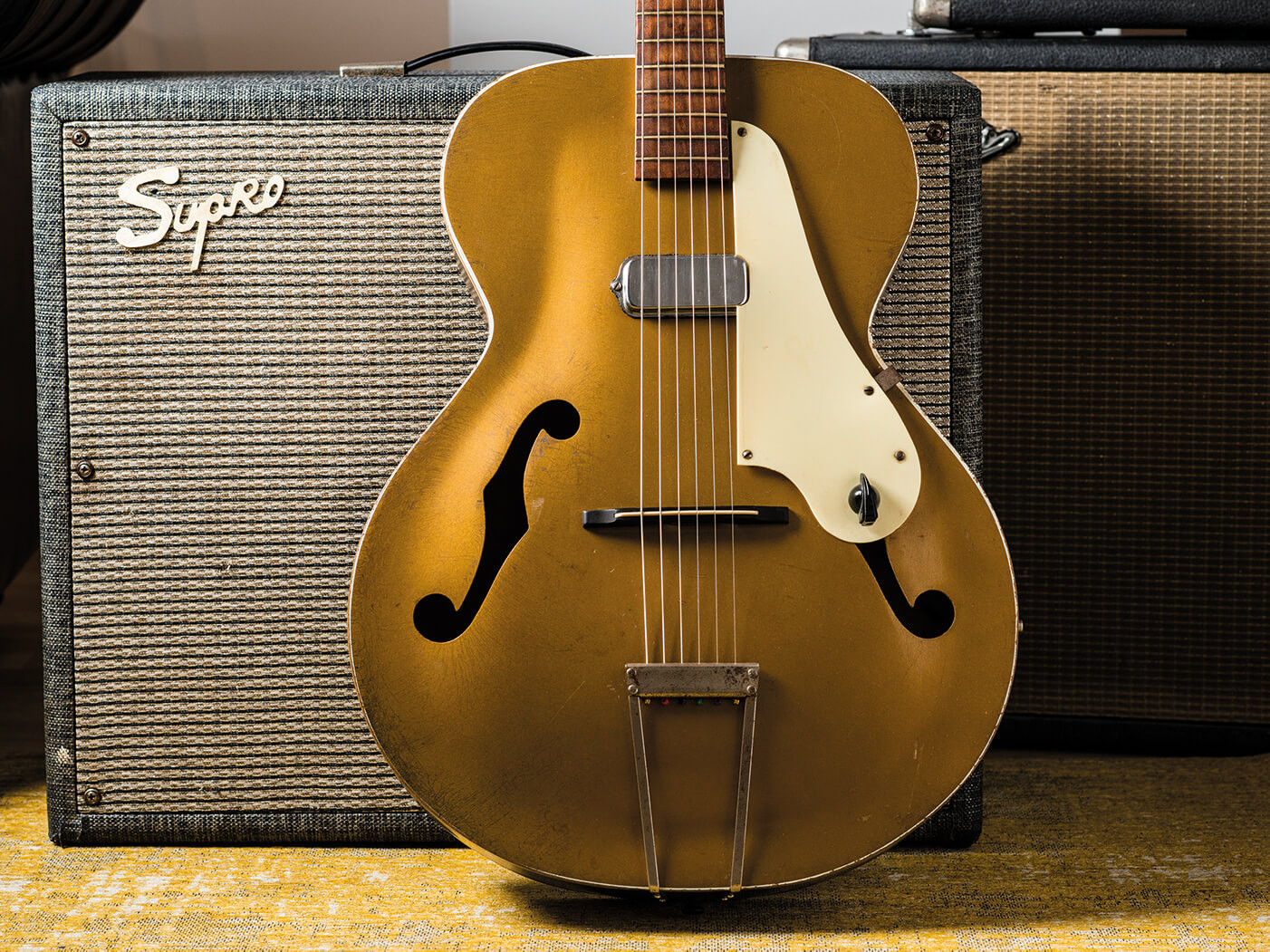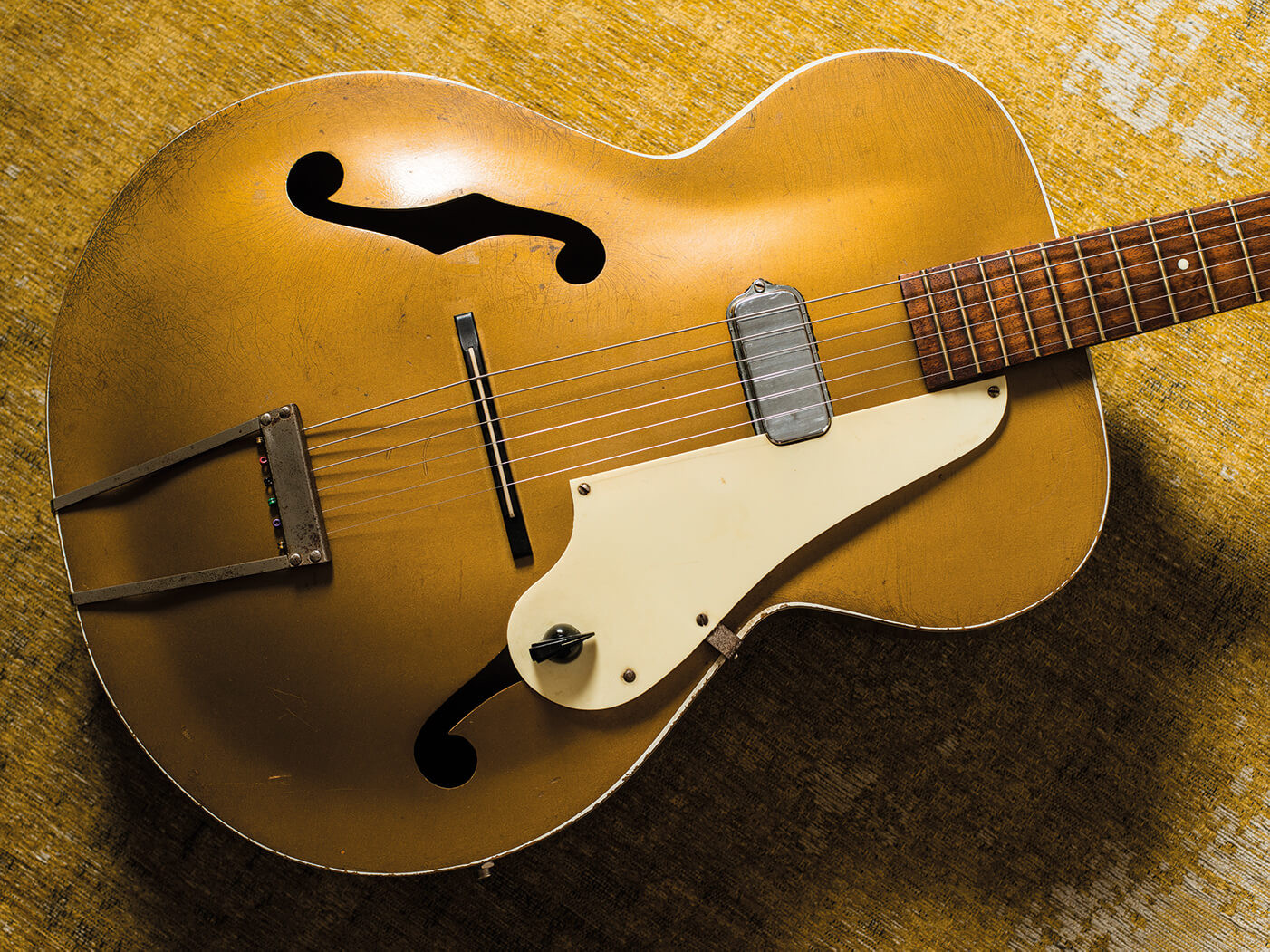The story of the Kay Guitar Company is a quintessential American tale of innovation, mass production, and enduring musical legacy. Born in the bustling city of Chicago during the early 20th century, Kay guitars became synonymous with accessibility and affordability, putting instruments into the hands of countless musicians, from aspiring beginners to iconic professionals. While perhaps not always considered in the same breath as giants like Fender or Gibson, the Kay Guitar Company carved out a unique and important place in guitar history, experiencing periods of immense popularity, challenges, and ultimately, a modern-day resurgence fueled by the embrace of vintage instruments.
The roots of the Kay Guitar Company trace back to Henry “Kay” Kuhrmeyer, a visionary who, along with financial backers Stromberg and Voisinet, pioneered the commercial electric guitar. In 1928, their Stromberg Electro arguably marked the dawn of mass-produced electric guitars, a groundbreaking achievement that democratized access to amplified sound. While electric guitars existed prior, Kuhrmeyer’s innovation lay in making them commercially viable on an unprecedented scale.
 Billy SquierBilly Squier showcasing a vintage Kay guitar, highlighting the brand’s appeal to diverse musicians over decades.
Billy SquierBilly Squier showcasing a vintage Kay guitar, highlighting the brand’s appeal to diverse musicians over decades.
By 1931, Kuhrmeyer’s ambition led him to buy out his partners and establish the Kay Musical Instrument Company in Chicago. The company rapidly expanded, and by 1935, a new factory was operating at full capacity, churning out an impressive 100,000 instruments annually. Kay’s production wasn’t limited to guitars; they also manufactured mandolins, lap steels, and banjos, catering to a broad spectrum of musical tastes.
A key aspect of the Kay Guitar Company’s business model was its extensive use of various brand names. Instruments rolled off the production line bearing names like Groeschel, Stromberg, Kay Kraft, Kaywood, Lark, Kamico, Arch, and Arch Kraft. Furthermore, Kay collaborated with distributors and retailers, producing custom-branded guitars for companies like Sears (Silvertone), Western Auto (Truetone), and Montgomery Ward (Airline). Department stores like JCPenney (Penncrest), catalogue giants like Spiegel (Old Kraftsman), and even Gretsch (Rex parlor guitars) all sold Kay-made instruments under their own labels. This strategy, while effective in reaching a vast market, sometimes created confusion regarding the true origins of these instruments.
 1950s kay archtop two door cinema clubA beautifully preserved 1950s Kay archtop guitar, exemplifying the vintage charm and craftsmanship of Kay instruments from this era.
1950s kay archtop two door cinema clubA beautifully preserved 1950s Kay archtop guitar, exemplifying the vintage charm and craftsmanship of Kay instruments from this era.
Kay guitars, alongside those from rival Chicago companies like Harmony, became known as reliable “blue-collar” instruments, affordable and readily available to working musicians. By 1938, a significant majority – over 60% – of Kay’s production was distributed outside of Chicago, solidifying their national reach. Interestingly, Kay also ventured into amplifier production, though this was subcontracted to Valco, another Chicago-based competitor, in the 1950s. Seeking to enhance their guitar designs, particularly their archtops, Kuhrmeyer strategically hired luthiers from Lyon & Healy, further fueling the competitive spirit of the Chicago instrument manufacturing scene.
Chicago in the mid-20th century was a hotbed of guitar manufacturing, home to Harmony, Lyon & Healy, and Valco (producers of National and Supro guitars). This competitive environment shaped Kay’s trajectory. In 1967, Valco acquired the Kay Guitar Company. For a brief period, Kay guitars continued to be produced under Valco, with the only apparent change being the Valco name appearing on the headstock.
 1950s kay archtop two door cinema clubClose-up detail of a vintage Kay archtop guitar from the 1950s, showcasing the classic design and aesthetic that defines Kay’s golden age.
1950s kay archtop two door cinema clubClose-up detail of a vintage Kay archtop guitar from the 1950s, showcasing the classic design and aesthetic that defines Kay’s golden age.
However, the late 1960s and early 1970s brought significant challenges to American guitar manufacturers. Competition from Japanese imports, coupled with inventory issues and mounting debt, led to Valco’s demise in 1969. Despite this setback, the Kay brand name survived. Weiss Musical Instruments purchased the Kay brand in 1969 and applied it to imported Japanese guitars to leverage brand recognition and appeal to US retailers.
Despite periods of lower valuation compared to premium brands, vintage Kay guitars experienced a surge in popularity, largely thanks to the influence of The White Stripes. Jack White’s prominent use of Kay instruments, including his Res-O-Glass Airline (made by Valco) and Kay Archtop, ignited renewed interest in these previously underappreciated guitars. White’s Kay K6533 Value Leader archtop, famously covered in Kraft paper, became an iconic symbol of his raw, blues-infused rock sound. His embrace of these “budget” instruments demonstrated that exceptional music could be created with accessible tools, inspiring a wave of musicians to seek out vintage Kay and Harmony guitars, consequently driving up their market value.
 Jack WhiteJack White performing with his iconic Kraft paper-covered Kay archtop guitar, a symbol of the brand’s resurgence in the modern era.
Jack WhiteJack White performing with his iconic Kraft paper-covered Kay archtop guitar, a symbol of the brand’s resurgence in the modern era.
Tracing serial numbers on Kay instruments can be complex due to batch-based numbering systems. Construction varied across models, but pre-1960 archtops and flat-tops generally featured spruce tops, with more affordable versions utilizing birch. Mahogany and maple were common for backs and sides. While some early Kay guitars had carved tops, most were laminated and pressed for efficiency. Poplar was frequently used for necks on budget models, while fretboards were typically Brazilian rosewood until the 1960s, transitioning to Indian rosewood or stained maple later. Kay pickups were wound in-house, dispelling myths about using DeArmond or Gibson pickups.
Despite being mass-produced, Kay guitars found their way into the hands of numerous music legends, including Keith Richards, Jimi Hendrix, Jerry Garcia, Bob Dylan, Tom Petty, Beck, Joe Walsh, and even Elvis Presley, whose first guitar was a Kay flat-top acoustic. The Kay Guitar Company’s 38-year run left an undeniable mark on music history. By making instruments accessible to both working-class musicians and iconic artists, Kay Guitars democratized music creation and left a lasting legacy to be proud of.
